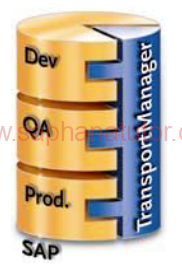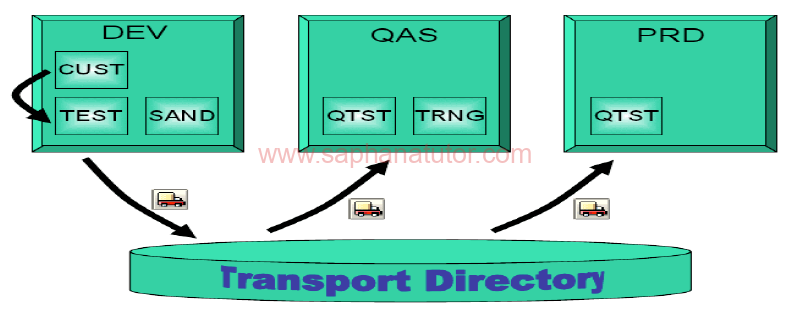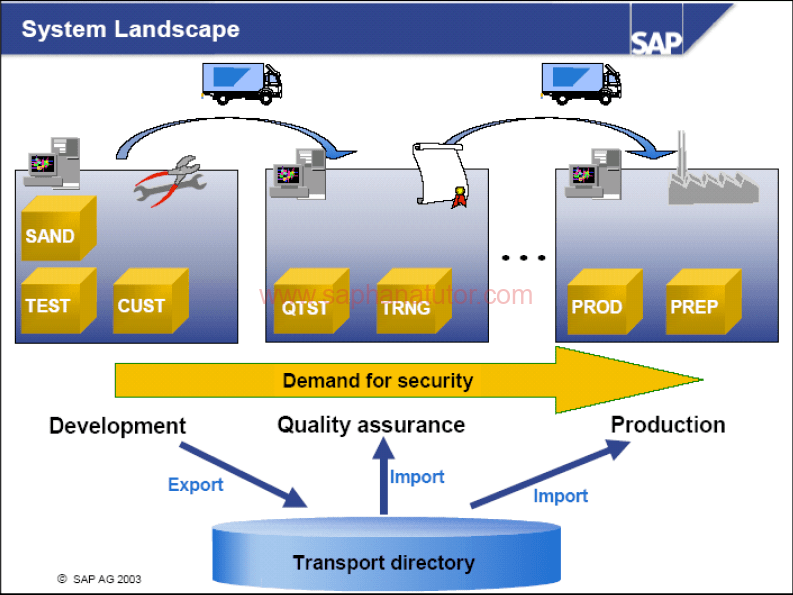Introduction to SAP System Landscape
Understanding the SAP System Landscape: A Comprehensive Guide
Welcome to our latest post on SAP system Landscape, where today we’re diving into the heart of SAP – the System Landscape. This concept, fundamental to SAP’s architecture, is crucial for both new learners and seasoned SAP professionals. Whether you’re a consultant, core team member, or just starting your SAP journey, understanding the System Landscape is key to mastering SAP.
What is the SAP System Landscape?
The SAP System Landscape is akin to a server system or the architecture of servers. It’s divided into three main landscapes:
- Development (DEV).
- Quality Assurance (QAS).
- and Production (PROD), each playing a unique role in SAP’s seamless operation.

Diving Into Each Landscape
- Development (DEV):
- Role: Here, SAP consultants tailor the SAP system to meet specific company requirements.
- Clients: Includes diverse clients such as Sandbox (190) for experimenting, Golden (100) for the master configuration, and Unit Test (180) for initial testing.
- Importance: It’s where the customization journey begins.
- Quality Assurance (QAS):
- Role: The QAS environment is where the core team rigorously tests all the customizations made in DEV.
- Clients: Integrates clients like Integration Test (300) and Training (700 to 710).
- Process Flow: Ensures that all customizations are error-free and ready for the production environment.
- Production (PROD):
- Role: The final stage where live company operations are recorded and executed.
- Clients: Typically includes a Production client (200), where all the action takes place.
- Note: The flow of requests is always from DEV to QAS to PROD, ensuring a systematic and error-free operation.

In-Depth Look at Each Environment
- DEV Environment: A hub for configuration and application development, hosting clients for various purposes.
- Golden Client (CUST): The repository of all crucial configuration data, serving as the blueprint for transactions.
- Sandbox (SBX): A playground for both newbies and experts to get hands-on experience and test changes.
- Testing (TEST): Dedicated to transaction-only operations, focusing on unit testing.
- QAS Environment: Facilitates integration testing, incorporating changes from DEV through transports.
- Training (TRN): A vital space for training end-users, ensuring they are well-versed in the system.
- PROD Environment: The nerve center of SAP where all production activities of end-users occur, maintaining the real-time data integrity and operational efficiency.

Conclusion
The SAP System Landscape is not just a technical structure; it’s the backbone of any SAP implementation. Understanding each environment’s role and how they interconnect is crucial for any SAP professional. Remember, the journey always starts in DEV, gets refined in QAS, and comes to life in PRO.
